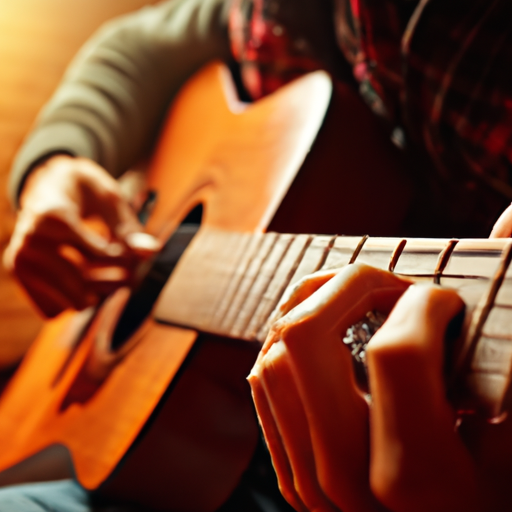
Learning to play the guitar can be a rewarding and fulfilling experience, whether you aspire to become a professional musician or simply enjoy playing for your own pleasure. However, before you can hit the stage and wow the crowd with your skills, it's important to master the basics. In this article, we will guide you through the essential guitar playing basics for beginners, helping you build a solid foundation to take your playing to the next level.

Before you dive into learning guitar playing basics, it's crucial to choose the right guitar that suits your needs and preferences. There are various types of guitars available, such as acoustic, electric, classical, and more. Each type has its own unique sound and playability, so take the time to try out different guitars and find the one that feels comfortable in your hands and produces the sound you desire.

Before you start strumming away, it's important to familiarize yourself with the different parts of a guitar. This knowledge will help you understand the instrument better and make it easier for you to follow along with tutorials and lessons. The main parts of a guitar include the body, neck, headstock, tuning pegs, frets, strings, and pickups (in the case of electric guitars). Take some time to study the anatomy of a guitar to gain a better understanding of how it works.
Proper tuning is crucial when it comes to playing the guitar. A poorly tuned guitar will sound off and make it difficult for you to learn and play songs accurately. There are various methods to tune a guitar, including using a tuner, tuning by ear, or using online tuning tools. Whichever method you choose, make sure to tune your guitar before every practice session to ensure that you're playing in the right pitch.
Chords are the building blocks of music, and learning the basic chords is essential for any beginner guitarist. Start by mastering common chords such as C, D, E, G, A, and F. Practice transitioning between these chords smoothly and accurately, as this will form the foundation for playing countless songs. Once you have a solid grasp of these basic chords, you can explore more complex chords and progressions.
Having the correct posture and hand placement is crucial for playing the guitar comfortably and avoiding injuries. Sit or stand up straight, keeping your back relaxed but not slouched. Hold the guitar with your dominant hand on the fretboard and your other hand on the strumming hand. Learn to position your fingers properly on the fretboard to produce clean and accurate notes, and develop good strumming techniques to achieve a consistent and rhythmic sound.
Fingerpicking is a popular technique used by guitarists to add complexity and depth to their playing. Instead of using a pick, fingerpicking involves plucking the strings with your fingertips or fingernails. Start by practicing basic fingerpicking patterns and gradually increase the complexity as you become more comfortable. Explore different fingerpicking styles, such as classical, folk, or blues, to expand your repertoire of techniques.
Strumming patterns are essential for creating rhythm and bringing songs to life. Experiment with different strumming patterns, such as downstrokes, upstrokes, and combinations of both, to achieve different sounds and dynamics. Start with simple strumming patterns and gradually progress to more complex ones. Listen to your favorite songs and try to replicate the strumming patterns to develop your sense of rhythm and timing.
Guitar tablature, or tabs for short, is a popular notation system used by guitarists to learn songs. Tabs provide a visual representation of the guitar neck and show you which strings and frets to play. Learning to read tabs is relatively easy and can open up a world of songs for you to learn and play. Start with simple songs and gradually challenge yourself with more complex arrangements.
Practice is key to becoming a proficient guitarist. Here are some tips to help you practice effectively and improve faster:
Remember, learning to play the guitar takes time and dedication. Be patient with yourself and enjoy the process. With consistent practice and a solid understanding of guitar playing basics, you'll be well on your way to becoming a skilled guitarist.
For more information on guitar playing basics and to explore our selection of high-quality guitars, visit this link.